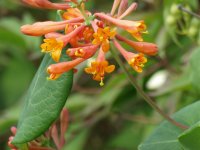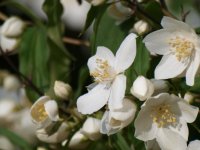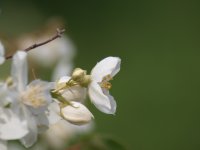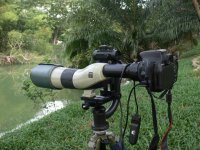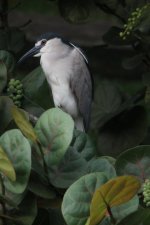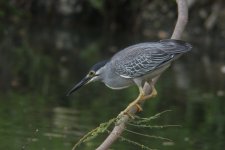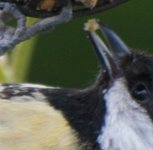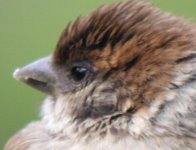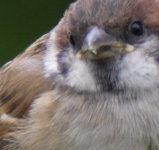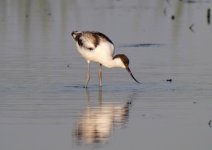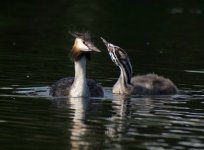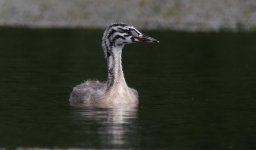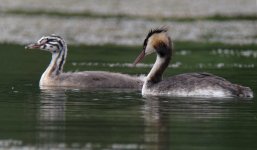scolopaxminor
New member
Hey all,
I have a Nikon D5000 with a 200mm lens... it gets the job done but I teach biology and would like to use photos in my classroom and just cant get the photos I want unless the birds are 15 yards or less. What do you recommend with a D500? I am used to using the cam, but i am totally new to 'digiscoping'. I would like any and all info on mountings and scopes that you like. I want a qulaity product... but a 25 year old bio teacher has some limited funds ha. Thanks for the input!
I have a Nikon D5000 with a 200mm lens... it gets the job done but I teach biology and would like to use photos in my classroom and just cant get the photos I want unless the birds are 15 yards or less. What do you recommend with a D500? I am used to using the cam, but i am totally new to 'digiscoping'. I would like any and all info on mountings and scopes that you like. I want a qulaity product... but a 25 year old bio teacher has some limited funds ha. Thanks for the input!





